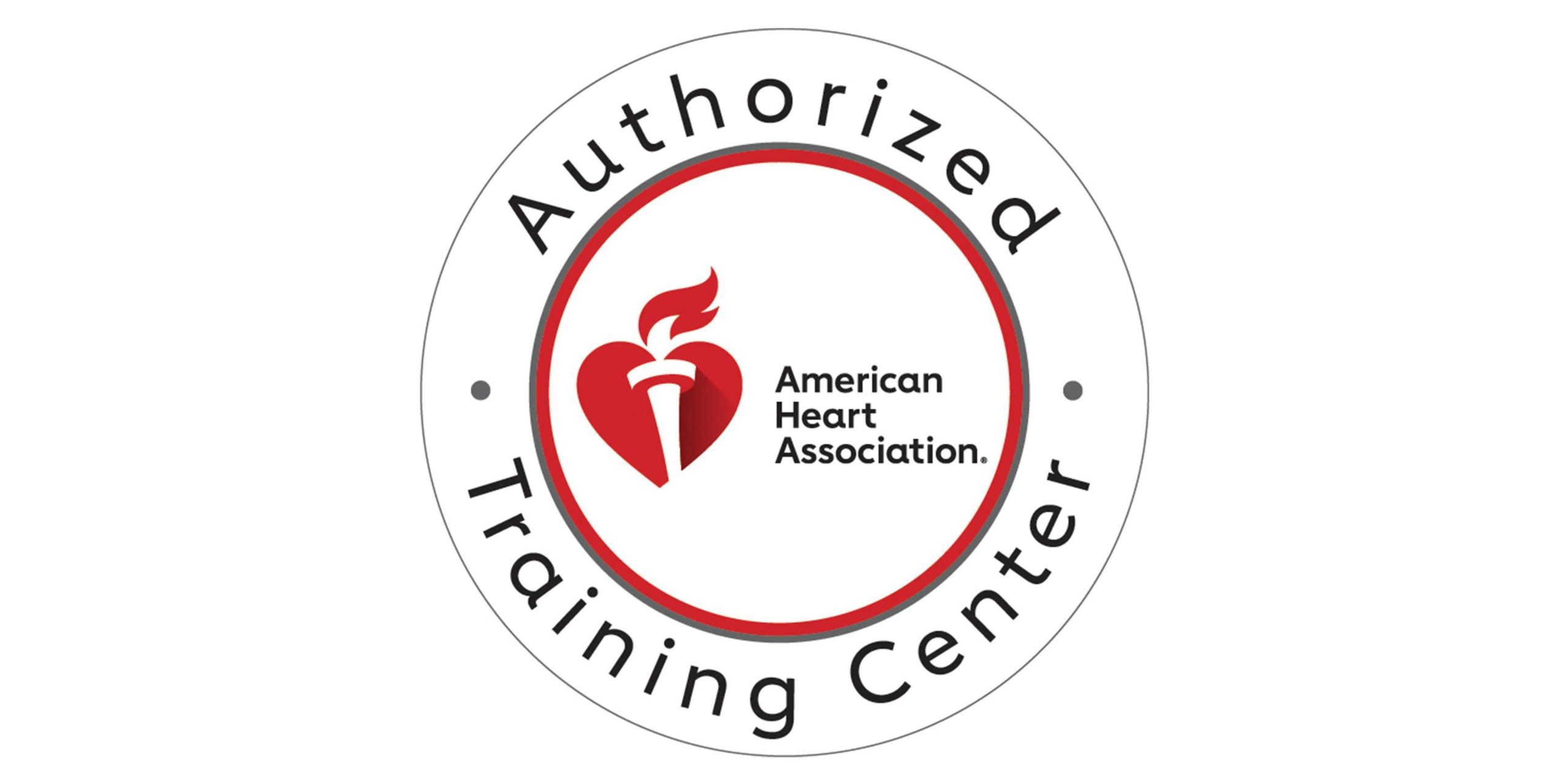
About 17.9 million people die every year from cardiovascular disease. This reason is the leading cause of death worldwide. There is a growing demand for highly skilled cardiac healthcare workers due to the increasing prevalence of cardiovascular illness. However, the traditional methods of medical education are inadequate in preparing cardiology students.
VASA is India’s first medical simulation training center. They don’t prepare them for a hospital’s complex and dynamic environment, as they mostly rely on classroom lectures and textbook learning. The utilization of cutting-edge technology in the classroom is nothing new, but the practice of cardiology simulation instruction is relatively new.
Simulation teaching helps students build the skills and confidence to handle complex cardiac cases by mimicking real-world clinical circumstances, closing the gap between theory and practice.
The potential of cardiology medical simulation training
Cardiology simulator instruction has enormous potential to revolutionize cardiac care. Some of the many advantages of this new method include:
- Improving Medical Skills.
Learning cardiology through simulation allows students to hone their clinical abilities in a risk-free setting. Students can improve their technical abilities, decision-making skills, and critical thinking by simulating various clinical scenarios, from standard cardiac procedures to critical situations. This improves their skills and allows them to deal confidently with difficult cardiac patients.
- Reducing Risk to Patients
Patient safety is paramount in cardiac treatment, as the slightest mistake can have devastating effects. Cardiology simulation education can increase patient safety by allowing medical personnel to practice procedures and practices safely. Excellent patient care relies heavily on effective communication and teamwork, which can be honed through simulation instruction.
- Saving money on medical care
Since cardiac care is so costly, any savings in this area are much appreciated. By eliminating the need for high-priced equipment and the likelihood of procedural errors, cardiology simulation instruction can help to lower healthcare expenditures. Further lowering healthcare expenses, simulation education can shorten patients’ duration of stay in the hospital and the frequency with which they require follow-up operations.
- Keeping abreast with recent developments in cardiac therapy
Healthcare providers can keep current with the most recent developments in heart treatment by participating in cardiology simulation courses. Students can keep up with the newest developments in research and technology and use this knowledge in their clinical practice by simulating new procedures and techniques.
- Encouragement of Creativity
The use of simulation in cardiology teaching allows for the testing of new ideas and methods. Students can practice new skills and hone old ones by mimicking realistic clinical situations. This has the potential to inspire the creation of ground-breaking new methods for treating cardiac conditions, which will benefit patients and push the field forward.
Recent cardiology developments
In recent years, there has been a lot of focus on using simulation training as a kind of education. While there is a place for more traditional forms of education in the healthcare industry, it is well-established that learning via experience gives experts like you the best possible grounding in your field.
Workshops that provide hands-on experience with simulation software should enhance online education for optimal preparation for work in a clinical setting. Angioplasty, stent implantation, percutaneous coronary intervention, and atherectomy are all major surgeries that cardiologists conduct to save lives.
Cardiologists need to be on their toes throughout these procedures. Clinical knowledge gained through simulation training workshops is essential for cardiologists to provide lifesaving care.
Key Training programs in the field
Keep reading to learn how a cardiology trainee’s professional life and the healthcare industry as a whole can benefit from attending a simulation training program. Comprehensive simulation programs are now more available than ever in medicine; thanks to the shift in how information is consumed, new knowledge is acquired and used in the real world. Healthcare providers and the healthcare system as a whole can both benefit greatly from training.
Cardiac cycle simulation training workshops exist, particularly in cardiology, to aid healthcare professionals in learning the necessary practical knowledge to provide top-notch treatment to patients and maintain their position in the most competitive business.
Wrapping Up
In conclusion, cardiac care has much to gain from advances in cardiology simulation education. Simulation education can revolutionize cardiac care by boosting clinicians’ skills, making patients safer, cutting costs, helping them adapt to new developments in the field, and encouraging creativity.
With the prevalence of heart illness on the rise, it is more important than ever to teach a skilled workforce capable of providing excellent cardiac care through cutting-edge training methods like simulation in healthcare education



